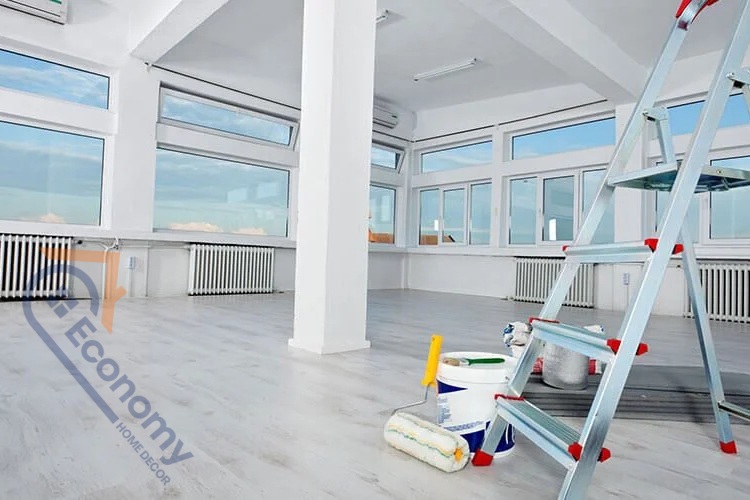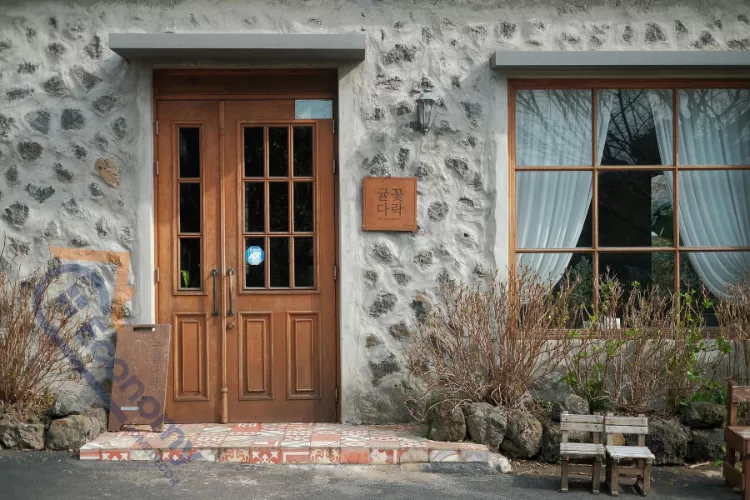Spring is the perfect time to refresh your home and get rid of clutter. After months of busy schedules and cold weather, a thorough clean can make your living space feel brighter, fresher and more organised. In Sydney, spring cleaning is not just about tidying your home. It is also an opportunity to dispose of waste responsibly and reduce the impact on the environment.
Many homeowners are unsure about the proper way to dispose of unwanted items, which can lead to items ending up in landfill unnecessarily. This guide provides practical tips for decluttering, recycling and disposing of waste in a safe and sustainable way in Sydney.
Why Responsible Waste Disposal Matters
Spring cleaning often uncovers items that are broken, expired, or no longer needed. Electronics, furniture, clothing and garden waste can all create problems if not disposed of correctly. Throwing items in the general rubbish bin can contribute to overflowing landfills, environmental pollution and increased carbon emissions.
Responsible waste disposal helps Sydney meet its sustainability goals and protects local ecosystems. Many councils and private services offer collection programs for items that cannot go into normal bins. By taking advantage of these options, you can declutter your home while reducing your environmental footprint.
Step One: Planning Your Spring Clean
A successful spring clean begins with careful planning. Start by identifying the areas of your home that need attention. Bedrooms, kitchens, living areas, garages and outdoor spaces are common places where clutter accumulates.
Create a checklist of tasks and the items you want to remove or recycle. Separate your belongings into categories such as things to keep, things to donate, things to recycle and things to dispose of. This organisation makes the process less overwhelming and ensures that items are handled responsibly.
Step Two: Decluttering Your Home
Decluttering is the heart of spring cleaning. Begin by removing items that you no longer use or need. For clothing, consider donating clean and wearable items to local charities or clothing banks. Old books, toys and kitchenware can also find a new life through donation programs in Sydney.
Be honest about what you truly need. A useful rule is that if you have not used an item in the last twelve months, it is likely safe to let it go. For items with sentimental value, consider storing a small selection in a dedicated memory box. The goal is to create a home environment that is functional, organised and pleasant.
Step Three: Handling Hard Waste
Hard waste includes items that are too large or bulky to fit in standard bins. Examples include old furniture, mattresses, whitegoods and large appliances. In Sydney, most councils provide scheduled hard waste collection services. Check your local council website to see when collections occur and what items are accepted.
For items not suitable for council collection, consider private rubbish removal services. Many companies specialise in responsible disposal and recycling, ensuring that as much of the material as possible is diverted from landfill. Choosing a professional service saves time and ensures compliance with local waste regulations.
Step Four: Recycling and E-Waste
Recycling is a crucial component of responsible waste management. Sydney residents can recycle a wide range of items including paper, cardboard, glass, metal and certain plastics. Ensure that items are clean and free from food residue before placing them in recycling bins.
E-waste such as computers, mobile phones, printers and televisions require special handling. Many electronic components contain hazardous materials that can contaminate the environment if not disposed of correctly. Sydney councils and electronics retailers often run e-waste recycling programs. Private services also offer collection and safe recycling for electronic items.
Step Five: Managing Green Waste
Spring cleaning is not limited to indoor spaces. Gardens require attention after winter, and green waste such as leaves, branches, grass clippings and garden trimmings can quickly pile up. Many councils offer green waste bins for compostable material, and private services provide bulk collection for larger quantities.
Composting is another excellent way to manage garden waste. Organic material can be transformed into nutrient-rich compost for use in your garden. This reduces the volume of waste sent to landfill and provides a sustainable source of fertiliser for plants.
Step Six: Hazardous Materials
Certain items require careful handling to avoid environmental damage or safety risks. Paint, chemicals, batteries, fluorescent tubes and old cleaning products are considered hazardous. Do not dispose of these items in general waste bins.
Sydney councils operate household chemical collection programs at designated facilities. Some private services also accept hazardous materials and ensure safe disposal. Always follow the instructions for handling these substances to protect yourself and the environment.
Step Seven: Donate and Repurpose
Not all unwanted items need to go to waste. Many items can be donated or repurposed. Clothing, furniture, books and toys can be given to charities, shelters or second-hand stores. Repurposing old furniture or decorative items into new uses is a creative way to extend their life.
By donating or repurposing, you not only reduce waste but also support the community. Someone else may find great value in items you no longer need, giving them a second life while keeping them out of landfill.
Step Eight: Hiring a Rubbish Removal Service
Sometimes, decluttering and spring cleaning produce large volumes of waste that are difficult to manage on your own. Hiring a professional rubbish removal service in Sydney can save time and ensure that items are disposed of responsibly.
These services typically sort materials for recycling, reuse and landfill, which maximises sustainability. Many companies also offer flexible scheduling, same-day collection and options for specific types of waste such as e-waste, construction debris or garden clippings. This professional assistance makes spring cleaning more efficient and environmentally friendly.
Step Nine: Tips for Maintaining a Clutter-Free Home
Once your spring clean is complete, maintaining a tidy home is important. Implement habits such as regularly sorting items, immediately recycling or donating things you no longer need and keeping storage areas organised.
Establish a seasonal review routine where you check for excess clutter and dispose of unwanted items responsibly. Simple practices such as using storage bins, shelves and labels help keep your home organised year-round.
Final Thoughts
Spring cleaning in Sydney is more than a chance to refresh your home. It is an opportunity to declutter responsibly, recycle materials and reduce your environmental impact. By planning carefully, separating waste, using council services and professional rubbish removal, you can manage your waste safely and sustainably.
A well-organised, clutter-free home not only looks inviting but also provides a sense of calm and order. By following these steps, you can enjoy the benefits of a clean, organised space while contributing to a greener, more sustainable Sydney.







